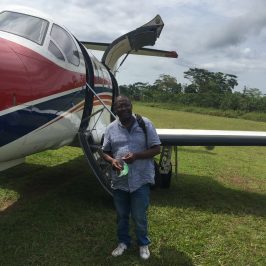
From April 16 to June 16, 2021, Guy Kouarata carried out a BantuFirst fieldwork mission in the territories of Mbandaka, Maluku, Kwamouth, and Kinshasa of the DRC and in the area north of Brazzaville in Congo. His mission had two main objectives:
- Collecting linguistic data, mainly comparative vocabulary lists, in 7 poorly described Teke languages
- Gathering genetic data to contribute the demographic history of West-Coastal Bantu speakers and neighboring speech communities.
The linguistic fieldwork was guided by the linguistic map of Teke varieties below, which Sara Pacchiarotti established through a thorough literature review.
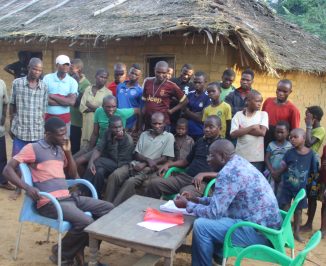
Linguistic fieldwork
In the end, Guy collected comparative lists of 650 words in 11 different Teke varieties, i.e. Tswaara, Kisi-Nzali, Kitiimi, Kinkuu, Bakikimi, Kikaan, Esinginyi, Engungwel, Ibua-yuo, Ibuu-mbakana and the variety of Boku. He first traveled by car from Kinshasa to the towns of Mbakana, Yuo and Boku in the DRC. However, due to the poor road conditions and engine failures, he went back to Kinshasa and continued his journey by boat using the river network to reach Nkaana, Ibali, Bokala, Ngandambo, Ngaliem and Camp Bankuu, all in the DRC. Back again in Kinshasa, he crossed the Congo River to take the Brazzaville-Ngo road, then Ngo-Mpuya before crossing the river again to reach the locality of Tshumbiri in the DRC. On his return, taking advantage of his proximity to the town of Gamboma, he also collected Engunwel data. Back in Brazzaville, he also gathered Kidondo data for ongoing research by Heidi Goes and Koen Bostoen (BantUGent).
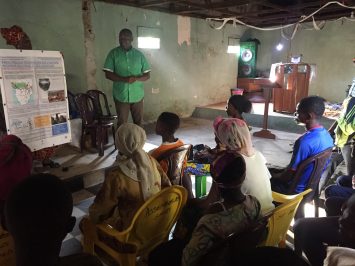
Genetic fieldwork
The collection of genetic data involves taking saliva samples from the speech communities targeted. Hair, fingernails and saliva are the keys to a person’s life in Africa. Whoever owns one of these owns your life. Convincing people to donate saliva is therefore not easy, even less in a pandemic when there is much speculation and rumor. Guy therefore had to create awareness by explaining well the scientific purposes of the interdisciplinary BantuFirst research. The sensitization campaign involved the close assistance of local chiefs, pastors, and other opinion leaders. In the end, through 9 sampling sessions, Guy succeeded with the help of his assistants in obtaining 597 samples in total, 246 from women and 351 from men.
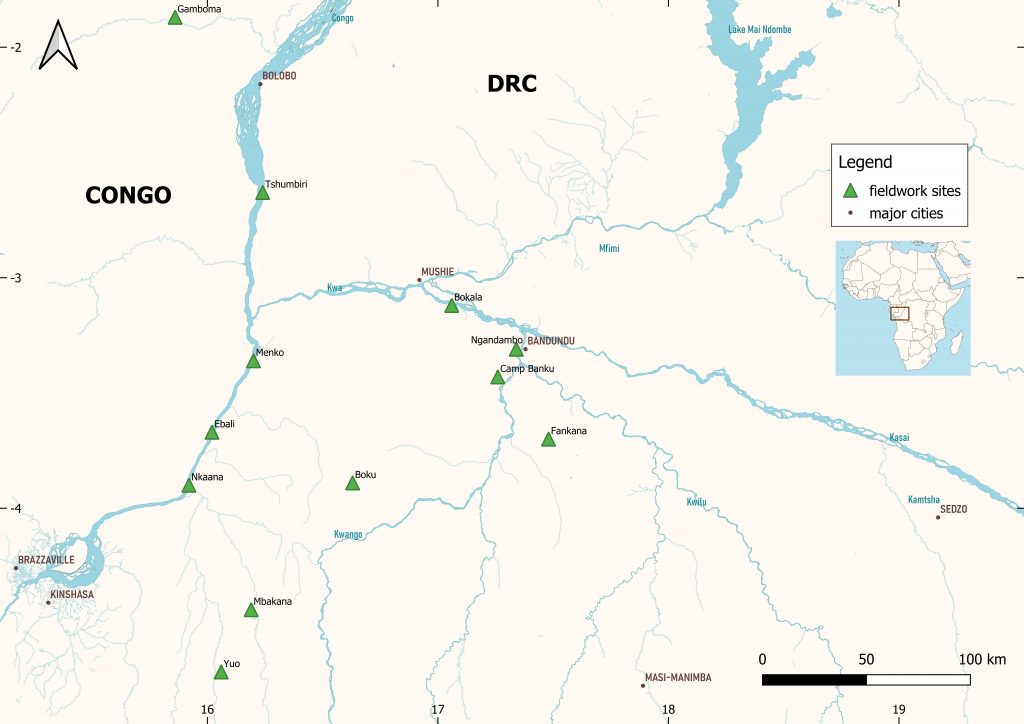
Map of Guy’s fieldwork locations (© Sara Pacchiarotti)
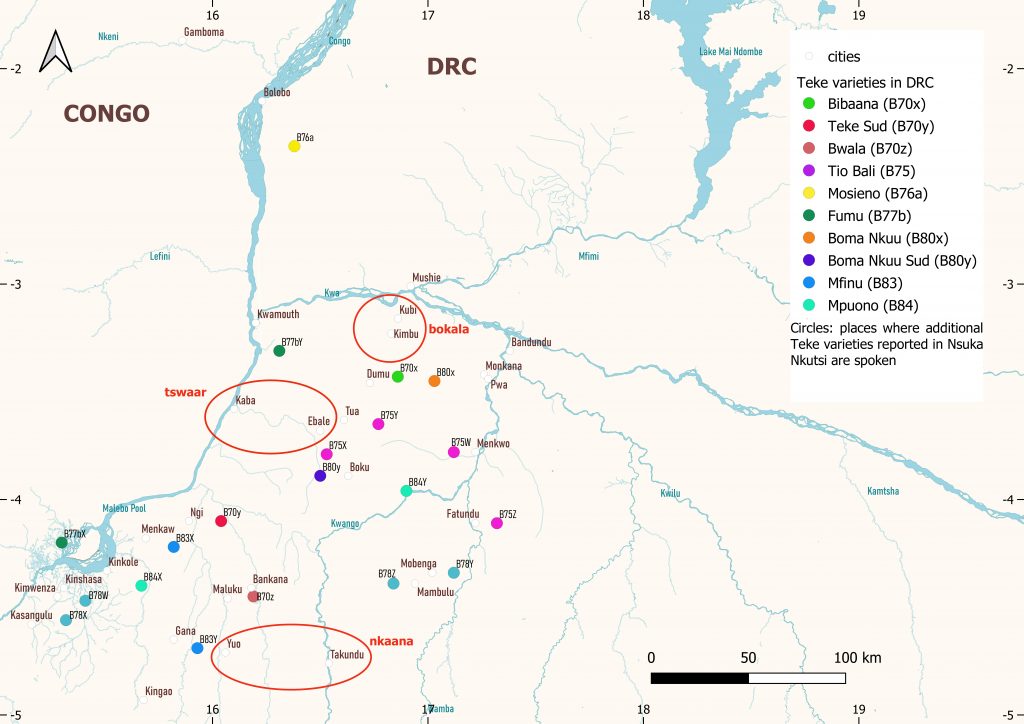
Map of Teke varieties of the DRC (© Sara Pacchiarotti)